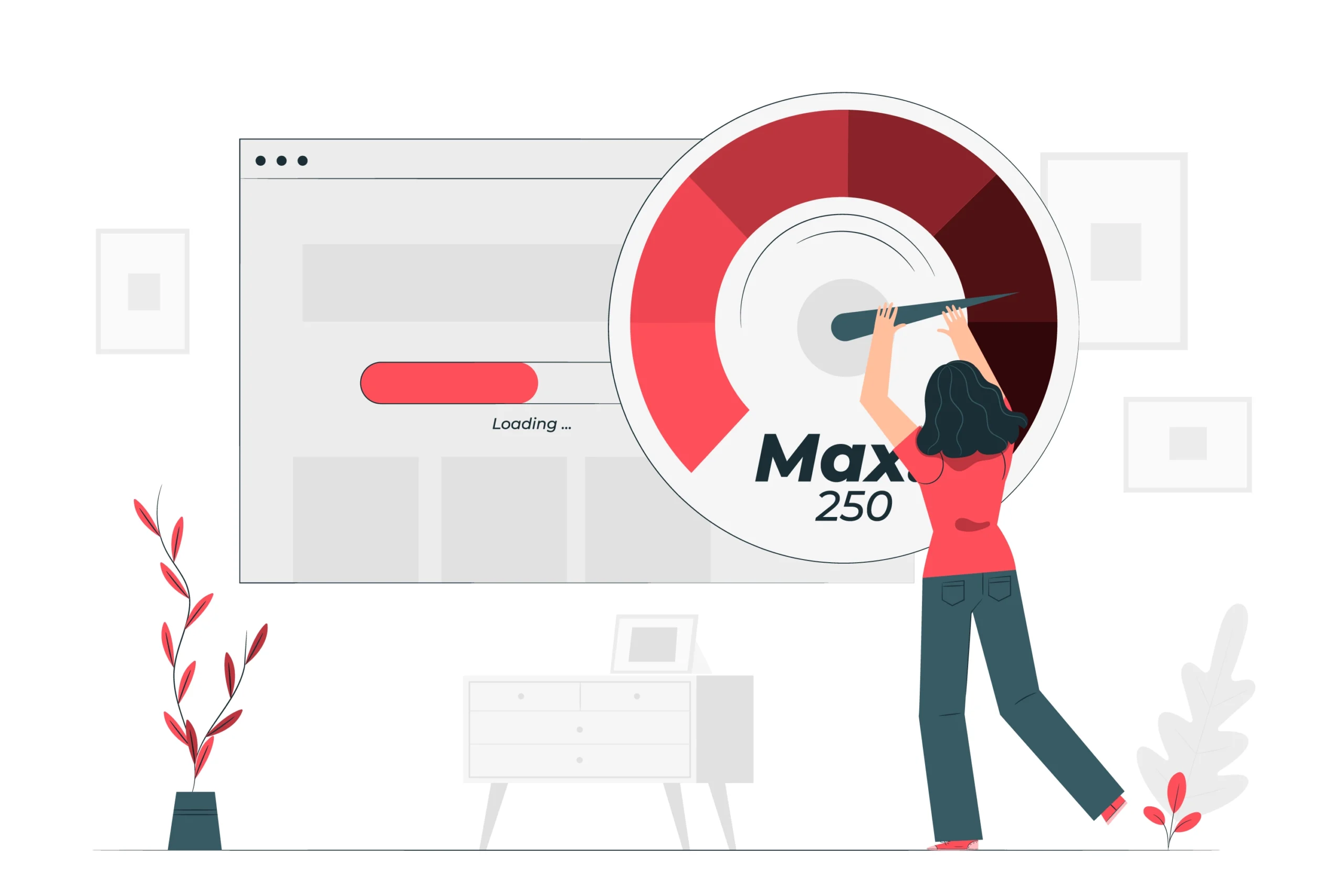In the ever-evolving digital era, paid advertising has emerged as an indispensable tool for businesses looking to reach their target audience, drive conversions, and boost revenue. With platforms like Google Ads, Facebook Ads, LinkedIn Ads, and many others, companies have access to a vast pool of potential customers. However, to truly maximize your return on investment (ROI), developing strategic, data-driven, and continuously optimized paid advertising campaigns is essential.
This detailed guide will dive deep into proven strategies and best practices for leveraging paid advertising platforms, ensuring that your marketing rupees are spent wisely and delivering tangible, measurable results.
1. Define Your Goals and Target Audience

Before embarking on your paid advertising journey, it’s crucial to clearly define your goals and target audience. If you are aiming to increase brand awareness, generate leads, drive website traffic, or boost sales. Understanding your objectives will shape your advertising strategy, ad creative, and the metrics you’ll use to measure success.
Identifying your target audience is equally paramount. Platforms like Google Ads, Facebook Ads, and LinkedIn Ads offer advanced targeting options, allowing you to reach specific demographics, interests, behaviours, locations, and even past website visitors or customer lists. if you focus, you can ensure that your ads are seen by the right audience, increasing the conversions and maximizing your ROI.
2. Craft Compelling Ad Copy and Creative

With your goals and target audience defined, it’s time to craft compelling ad copy and creative that resonates with your potential customers. Your ad copy should be concise, attention-grabbing, and focused on the value proposition your product or service offers. Use persuasive language, highlight unique selling points, and include a clear call-to-action (CTA) to encourage user engagement.
The visual aspect of your ads is equally crucial. Eye-catching images, videos, or graphics can significantly improve engagement and click-through rates. Experiment with different ad formats, such as responsive display ads, video ads, carousel ads, or even interactive ads, to find the perfect combination that captures your audience’s attention and drives action.
3. Leverage Audience Insights and Retargeting

Paid advertising platforms offer a wealth of audience insights and retargeting capabilities that can significantly boost your campaign’s performance. By analyzing data on user behaviour, interests, demographics, and past interactions with your brand, you can refine your targeting and ensure that your ads are reaching the most relevant audiences.
Retargeting, on the other hand, allows you to re-engage with users who have previously interacted with your brand or visited your website. By serving them tailored ads, you can increase brand recall, nurture leads, and potentially convert them into customers. Platforms like Google Ads and Facebook Ads offer powerful retargeting tools, including remarketing lists for search ads (RLSA), dynamic remarketing, and custom audience creation.
4. Implement A/B Testing and Continuous Optimization

Successful paid advertising campaigns are not set in stone; they require continuous optimization and testing to achieve maximum ROI. Implement A/B testing strategies to compare different ad variations, such as headlines, descriptions, images, videos, or landing pages. By analyzing the performance data, you can identify which elements resonate best with your audience and make data-driven adjustments.
Additionally, regularly monitor your campaign metrics, including impressions, clicks, click-through rates (CTR), cost-per-click (CPC), conversion rates, and overall return on ad spend (ROAS). Use these insights to refine your targeting, adjust your bidding strategies, and reallocate your budget towards the most effective campaigns, ad groups, and ad creative.
5. Integrate with Other Marketing Channels

While paid advertising can be a powerful standalone strategy, integrating it with other marketing channels can amplify its effectiveness and maximize your ROI. Consider combining your paid advertising efforts with content marketing, social media marketing, email marketing, and search engine optimization (SEO) for a holistic and cohesive approach.
For example, you could promote high-performing blog content or lead magnets through paid ads, nurture leads through email campaigns, leverage social media for audience engagement and remarketing, and use SEO to improve your organic visibility – all while using paid advertising to drive qualified traffic to your website and landing pages.
6. Measure and Analyze Performance

Measuring and analyzing the performance of your paid advertising campaigns is crucial for determining their success and making informed decisions about future strategies. Utilize the built-in analytics tools provided by advertising platforms, as well as third-party tools like Google Analytics, to track key metrics such as impressions, clicks, conversions, conversion rates, cost per acquisition (CPA), and revenue.
Additionally, set up conversion tracking and attribution models to gain insights into the customer journey and understand which touchpoints contribute to conversions. This data will help you optimize your campaigns, allocate your budget more effectively, and ultimately, maximize your return on investment.
Furthermore, regularly review your performance data to identify trends, areas for improvement, and opportunities for growth. Analyze which ad creative, targeting strategies, and ad placements are driving the best results, and double down on those efforts while minimizing investment in underperforming areas.
7. Stay Agile and Adapt to Industry Changes

The paid advertising landscape is constantly evolving, with new features, platforms, and best practices emerging regularly. To stay ahead of the curve and maintain a competitive edge, it’s essential to stay informed about industry changes and be willing to adapt your strategies accordingly.
Monitor industry news, attend webinars or conferences, and participate in online communities to learn from experts and stay up-to-date with the latest trends and developments. Be prepared to experiment with new ad formats, targeting options, or optimization techniques as they become available, and continuously refine your approach based on your findings.
Conclusion
By implementing these paid advertising strategies and continuously refining your approach, you can unlock the full potential of platforms like Google Ads, Facebook Ads, LinkedIn Ads, and others. Remember, paid advertising is an ongoing process that requires patience, data-driven decision-making, and a willingness to adapt to changing trends and audience behaviors.
Embrace these strategies, stay agile, and continuously strive to deliver relevant, compelling, and well-targeted ads to your audience. With the right approach, paid advertising can be a powerful driver of growth, revenue, and long-term success for your business


[…] the behemoth that is Google Ads (including Search, Display, and Video campaigns) to the often-overlooked but equally powerful […]